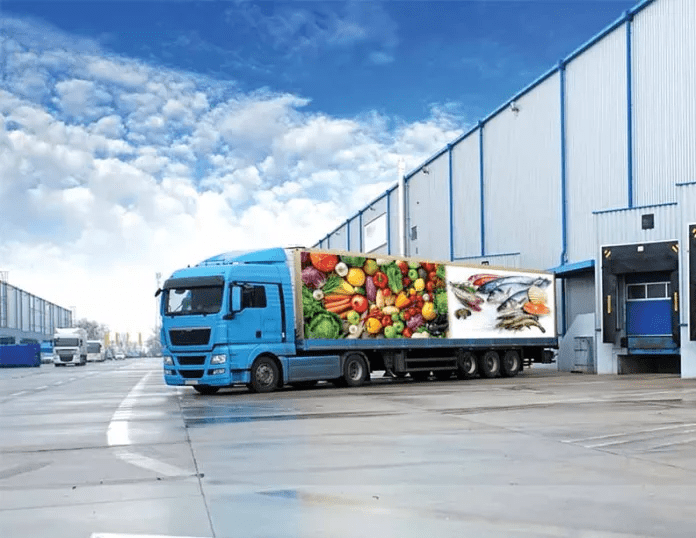Cold Storage / Cold Chain /Cold Transpotation
What is cold chain in cold storage
To store, manage, and transport these life-saving goods requires a series of meticulously timed actions in temperature-controlled settings. We refer to this as a cold chain. Until the time of immunisation, vaccines must be kept continually in a specific temperature range from the time they are created.A temperature-controlled distribution system called “cold chain transport” is utilised in tightly regulated sectors like the food and beverage, pharmaceutical, and chemical industries.

What Is the Cold Chain Process
Almost everyone is familiar with the term “supply chain.” A version of the traditional supply chain, which delivers goods from production to the final consumer, is cold chain transportation, often known as cold chain shipping. It concerns the transportation of chilled goods between 2° and 8°C, or 36° and 46°F, or even at even lower temperatures as low as -70°C, or -85°F. A temperature-controlled distribution system called “cold chain transport” is utilised in tightly regulated sectors like the food and beverage, pharmaceutical, and chemical industries.


What is the difference between cold chain and cold storage
Your products can be kept at the right temperature for extended periods of time in a cold storage facility. The phrase “cold chain” describes the method of regulating the temperature of perishable commodities from the point of origin to the final customer in order to guarantee quality and safety.The average capacity utilisation rate for cold storage as a whole is 75%, demonstrating the long-term viability of the cold chain industry in India. In India, 92 percent of cold storage facilities are owned and operated by private firms. Your products can be kept at the right temperature for extended periods of time in a cold storage facility. The phrase “cold chain” describes the method of regulating the temperature of perishable commodities from the point of origin to the final customer in order to guarantee quality and safety.
What is the procedure of cold chain storage
The Cold Chain Management Process: What Is It? The cold chain management process entails the safe and secure storage, packaging, tracking, shipping, customs clearance, and delivery of all goods.The term “cold chain” describes the entire process of transportation, from initial pickup to specific cold transport, temporary storage, and finally delivery. It is essential that the temperature remain constant throughout the chain, and that any external variables be kept to a minimum and under control.
Applications
Transport And Storage Equipment
Insulated boxes, chilled boxes, and vaccination carriers. Most people utilise it for transportation. Passive cold chain requires constant cold supply, typically in the form of Gel packs, carbon dioxide ice, or water ice (sometimes known as “dry ice”). Active cold chain requires regular energy supply.
Our expertise in the field
To deliver temperature-sensitive goods from the site of storage to the consumer market, various transport methods must be deployed. Transport of cold chain goods is possible by land, rail, air, and/or water.
Trained Personnel
The threat of diseases that were once prevalent and frequently fatal has dramatically decreased as a result of immunisation. Therefore, it is essential to ensure that cold chain management is done effectively in order to maintain the advantages of vaccination. This study’s goal is to evaluate the use of cold chain management among health
Our expertise in the field
Utilising the vital components of the cold chain—vaccines, labour, equipment, and transportation—will help keep vaccines active and effective.
Efficient Management Procedures
Storage, packaging, tracking, delivery, customs clearance, product management, and safe and secure product delivery are all included in the management process.
Our expertise in the field
The cold chain management process entails the safe and secure storage, packaging, tracking, shipping, customs clearance, and delivery of all goods.







